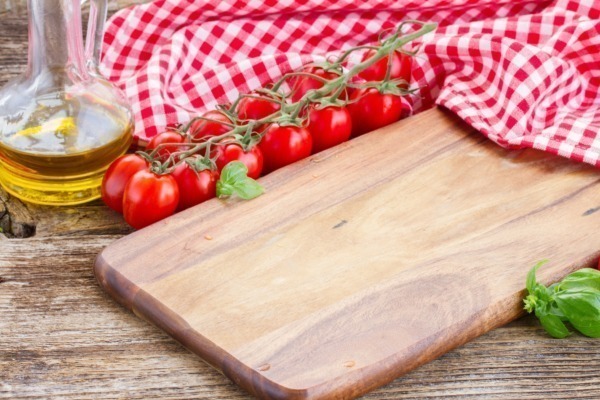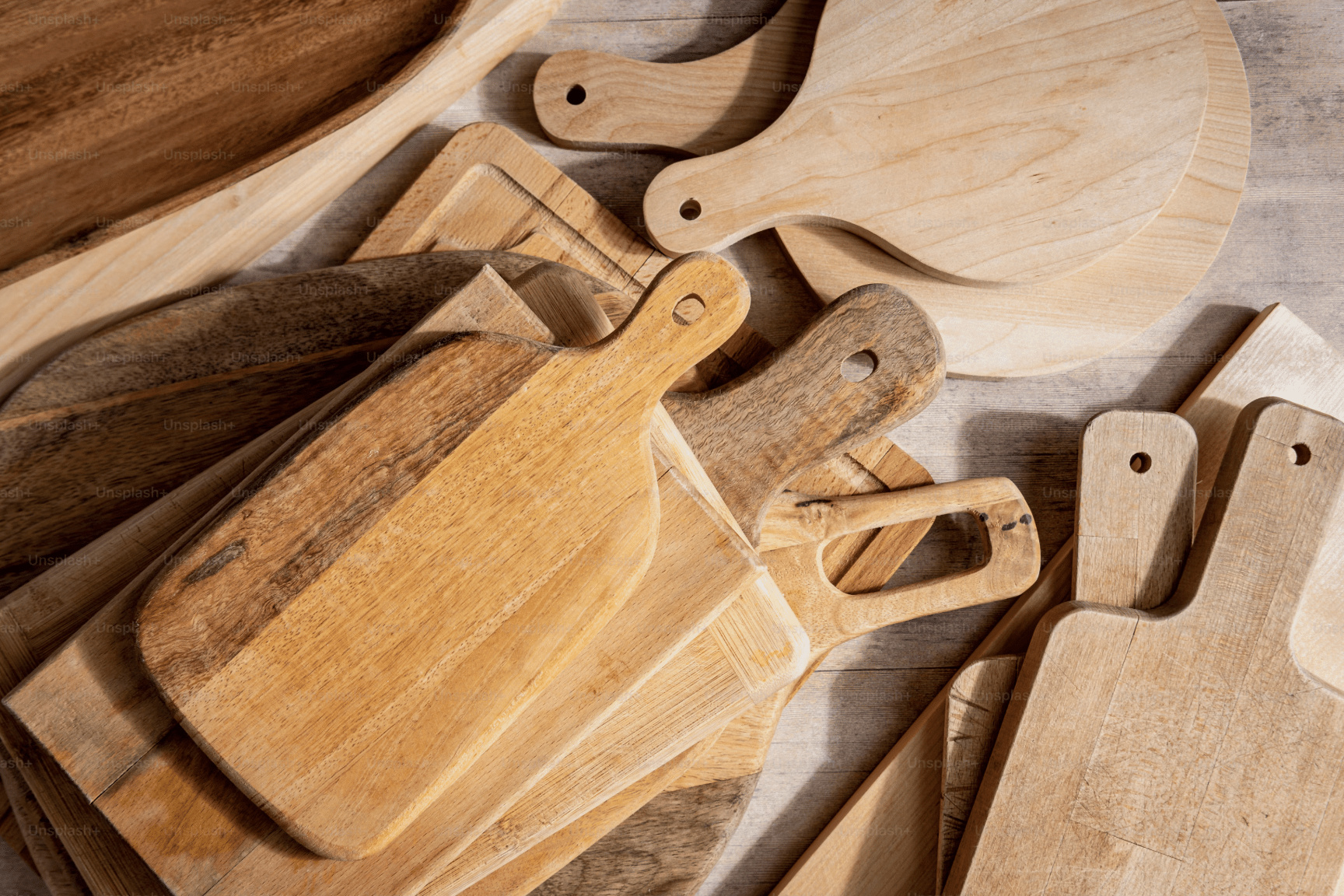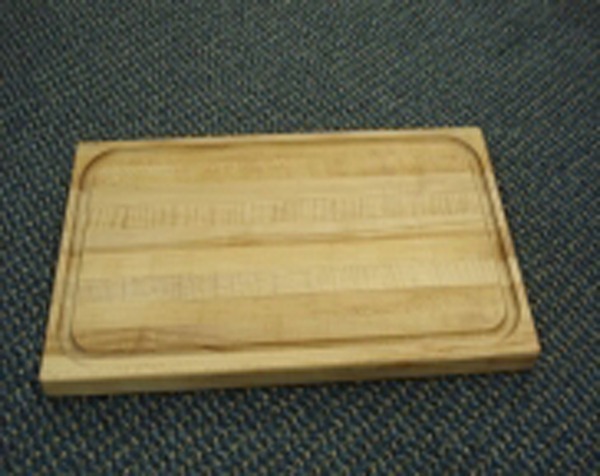When working with natural wood, maintenance is everything. Wooden cutting boards are incredibly durable, but to keep them safe and long-lasting, you need to clean and care for them properly. Whether you’re a homeowner with a single cutting board, stocking a commercial kitchen, or manufacturing wood boards in bulk, cleanliness is a non-negotiable.
Here’s what matters most when it comes to cleaning a wooden cutting board.

Proper Care and Maintenance for Wood Cutting Boards
Wood cutting boards require proper cleaning and maintenance to ensure durability and food safety.
Why Cleaning Wooden Cutting Boards Requires Special Attention
Wood is naturally porous, which means it can absorb moisture, oils, and bacteria if it’s not cleaned properly. This becomes even more important in commercial settings, where cutting boards see heavy use.
Unlike plastic, which can be tossed in the dishwasher, wooden cutting boards require a different approach. Understanding that difference is key in preserving both sanitation and product longevity.
What Makes a Wooden Cutting Board Harder to Clean?
There are a few unique challenges to cleaning wood cutting boards. Because wood is absorbent, it can retain moisture if it isn’t dried quickly enough. Harsh chemical cleaners or soaking methods used on plastic simply don’t apply here. Those will damage the finish, crack the grain, or shorten the board’s lifespan.
Grain texture also plays a role. With deep grooves and knife marks common, food particles have more places to hide. Plus, you can’t rely on automation like dishwashers. Wooden boards need a hands-on approach to stay in good shape.

Variety of Wood Cutting Boards by Grain and Species
The best cutting boards are made from closed-grain hardwoods like maple, walnut, and cherry—ideal for resisting bacteria and moisture.
Best Practices for Cleaning a Wooden Cutting Board
To clean a wooden board effectively, the goal is to be thorough while staying gentle. After use, it’s best to scrape away any residue and rinse the board under warm water right away. Do this before anything gets a chance to set. A soft sponge and mild soap go a long way here. Just make sure you don’t let the board sit in a wet sink or soak.
Once clean, the drying process is just as important. Wipe the surface dry with a cloth, then let the board air dry standing up or on its edge to allow proper airflow. Lay it flat while it’s still wet and you risk warping or mildew.
When applied consistently, this routine keeps boards clean without compromising their structure or finish.
What to Avoid When Cleaning Wood Boards
It’s easy to damage a wood cutting board by accident, especially if you’re used to treating other kitchen materials the same way. Never apply vegetable oils or olive oil as a finish. These can spoil over time and leave your boards with a sticky or rancid smell. Mineral oil, on the other hand, is the correct treatment. This conditions the wood and creates a barrier against moisture without going bad.
Bleach is sometimes used in sanitation, but it’s too harsh for most wooden surfaces unless it’s extremely diluted. If you need an alternative, white vinegar is far safer and effective for killing bacteria. And of course, no matter how convenient it sounds, never put a wooden cutting board in the dishwasher. High heat and water pressure will split the grain and ruin the board. You certainly don’t want that!
If you’re looking for deeper disinfection practices or techniques that meet food service safety standards, we’ve broken that down on a related page about how to sanitize cutting boards. It’s worth checking out if you operate at scale. Click here to learn more!
Maintaining Boards at Scale: Bulk Use, Commercial Kitchens, and More
For anyone managing dozens or even hundreds of cutting boards at once, it’s important to have predictable, repeatable care standards. This protects your product investment, limits breakage, and helps ensure a clean presentation in customer-facing environments.
Arnold Wood Turning builds boards for exactly this kind of environment. If you’re outfitting commercial kitchens, prepping for resale, or running a private-label wood product line, we manufacture wood cutting boards in large volumes using trusted hardwoods like maple, walnut, and cherry. These species have grain structures that help resist bacteria and moisture absorption.

Bulk Wooden Cutting Boards for High-Volume Manufacturing
Bulk wooden cutting boards, precision-machined with a juice catcher. Designed for high-volume manufacturing with customizable wood species and finishes.
Order Custom Wooden Cutting Boards in Bulk
If you’re in the market for cutting boards that can hold up to everyday cleaning and commercial wear, we’ve got you covered. For over a century, Arnold Wood Turning has been building custom wood products with consistency that businesses rely on.
We offer both finished and unfinished wood boards, with options for branding, edge shaping, and custom dimensions. Every board is made with durability in mind.
Let’s Talk Bulk Orders
Need cutting boards that clean up well and hold up even better? Reach out to us for a free, no-obligation quote. Whether you’re buying hundreds or building a brand, we’ll help you get it done right, with fast lead times, wholesale pricing, and product quality each and every time.
